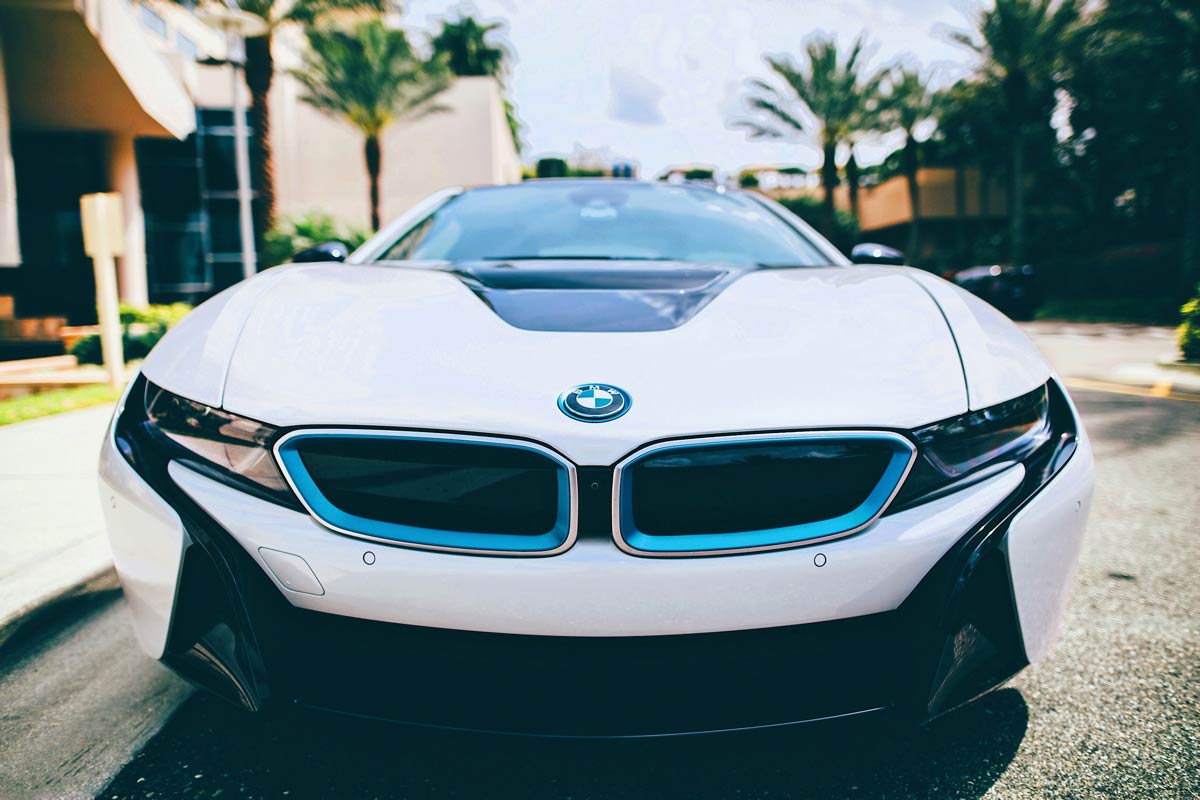In recent years, it seems the humble hybrid vehicle has been overshadowed by the rise of the full-electric EV. Although more attention seems to be paid to full electric cars these days, the consumer market likely would never have developed enough to make these cars commercially viable without the slow introduction and development of hybrids beforehand. Now that full EVs are a large part of the car market and issues with charging and range that have hampered them from becoming true alternatives to internal-combustion powered vehicles are being smoothed out, what is the role of the hybrid vehicle? Is it still a relevant form at all? We’ll explore how hybrids primed the market for full EVs, some iconic hybrid models, and what the future holds for these part ICE part EV cars.
How Hybrids Paved the Way
The introduction of hybrid cars has had a significant impact on the overall electric vehicle (EV) market, serving as a crucial stepping stone in the transition from traditional internal combustion engine vehicles to fully electric ones. Hybrid vehicles, which combine a gasoline engine with an electric motor, offered consumers a more fuel-efficient and environmentally friendly alternative without the range anxiety associated with early EVs.
Hybrids played a pivotal role in familiarizing the public with electric propulsion technology. By integrating electric motors and batteries into their design, hybrids introduced drivers to key concepts such as regenerative braking and electric-only driving modes. In addition, they also showed how significantly a car’s MPG could be impacted by incorporating a hybrid or electric drive. This exposure helped to gradually build consumer confidence in electric powertrains, laying the groundwork for the acceptance of fully electric vehicles.
The success of hybrids demonstrated to automakers and policymakers alike that there was a market for more sustainable transportation options. As a result, investment in electric vehicle technology increased, leading to advancements in battery technology, charging infrastructure, and vehicle design. This progress has been instrumental in making fully electric vehicles more practical, affordable, and appealing to a broader audience.
The Toyota Prius, one of the most iconic hybrid models, exemplifies the impact of hybrids on the EV market. Since its introduction, the Prius has become synonymous with fuel efficiency and environmental consciousness, helping to shift public perception towards the acceptance of electrified vehicles. Its popularity also spurred other manufacturers to develop their own hybrid models, further expanding the market and paving the way for the eventual transition to fully electric vehicles.
In recent years, the growth of the hybrid market has been complemented by the rapid development of fully electric vehicles. As battery technology continues to improve, offering longer ranges and faster charging times, the appeal of fully electric vehicles is increasing. Many consumers who initially adopted hybrids as a more environmentally friendly alternative to conventional cars are now considering making the leap to fully electric vehicles.
Hybrid cars have played a crucial role in the evolution of the electric vehicle market. By introducing electric propulsion technology to the masses and demonstrating its viability, hybrids have paved the way for the growing demand and acceptance of fully electric vehicles. As the automotive industry continues to evolve, the legacy of hybrid vehicles will be seen in the increasing adoption of electric transportation.

Influential Hybrids
Toyota Prius (1997)
The Toyota Prius is widely considered the first mass-produced hybrid vehicle and has become synonymous with hybrid technology. It popularized the concept of hybrid cars and demonstrated their potential for fuel efficiency and reduced emissions, leading to widespread adoption and acceptance of hybrid vehicles. Since its launch in 1997 the Prius has been a popular model, partly due to its approachable price point, functionality as a family car, increased MPG, and reliability.

Honda Insight (1999)
The Honda Insight was the first hybrid vehicle available in North America, arriving slightly before the Prius. It showcased Honda’s Integrated Motor Assist system and set the stage for future hybrid models from the brand, emphasizing the potential for hybrids in the compact car segment.
Ford Escape Hybrid (2004)
The Ford Escape Hybrid was the first hybrid SUV to hit the market, expanding the appeal of hybrids beyond small cars and into more versatile and popular vehicle segments. It demonstrated that hybrid technology could be applied to larger vehicles without compromising performance.

Toyota Camry Hybrid (2006)
The Toyota Camry Hybrid brought hybrid technology to one of the best-selling cars in America. By offering a hybrid version of an already popular model, Toyota further normalized hybrid vehicles and made them more accessible to a wider audience. Beginning in 2025, all Camrys will be hybrids.
Chevrolet Volt (2010)
The Chevrolet Volt was a pioneering plug-in hybrid that offered an extended electric-only driving range before switching to its gasoline engine. It bridged the gap between traditional hybrids and fully electric vehicles, showcasing the potential of plug-in hybrids for increased electric driving without range anxiety.

Toyota Prius Plug-In Hybrid (2012)
Building on the success of the original Prius, the Prius Plug-In Hybrid (known as the Prius Prime beginning in 2016) added the ability to charge the battery externally, allowing for a longer electric-only range. This model further solidified the Prius brand’s leadership in the hybrid market and introduced more consumers to the benefits of plug-in hybrid technology.
Hyundai Ioniq Hybrid (2016)

The Hyundai Ioniq Hybrid was introduced as a direct competitor to the Toyota Prius, offering high fuel efficiency and a more traditional design. It expanded the choices available to consumers in the hybrid market and demonstrated Hyundai’s commitment to eco-friendly vehicles.
Each of these vehicles has played a significant role in advancing hybrid technology and increasing its acceptance among consumers, paving the way for the continued growth and evolution of the electric vehicle market.
Hybrids Today
Hybrid vehicles have played a crucial role in shaping the current landscape of the electric vehicle (EV) market. As a transitional technology, hybrids have been instrumental in bridging the gap between traditional internal combustion engine (ICE) vehicles and fully electric vehicles.
The development of plug-in hybrid electric vehicles (PHEVs) further enhanced the flexibility and appeal of hybrid technology. PHEVs can be charged from an external power source, allowing them to operate on electricity alone for shorter distances, with the gasoline engine kicking in for longer trips or when the battery is depleted. Many car manufacturers have rolled out a plug-in hybrid in recent years, and sales grew in this segment by 48 percent from 2022 to 2023 according to the U.S. Energy Information Administration. This dual powertrain system provides drivers with the environmental benefits of an electric vehicle for daily commutes, while retaining the long-range capability of a traditional ICE vehicle for longer journeys.

Today, hybrid vehicles continue to play a significant role in the market alongside their fully electric counterparts. Hybrids and PHEVs offer a stepping stone for consumers to transition from ICE vehicles to electric powertrains, helping to increase overall acceptance and adoption of EV technology.
As the EV market evolves, the role of hybrid vehicles is likely to change. With advancements in battery technology, charging infrastructure, and cost reductions, fully electric vehicles are becoming more competitive in terms of range, convenience, and affordability. However, hybrids and PHEVs are likely to remain an important part of the automotive landscape for the foreseeable future, particularly in regions where charging infrastructure is still developing or for consumers who require the flexibility and range that these vehicles offer.





